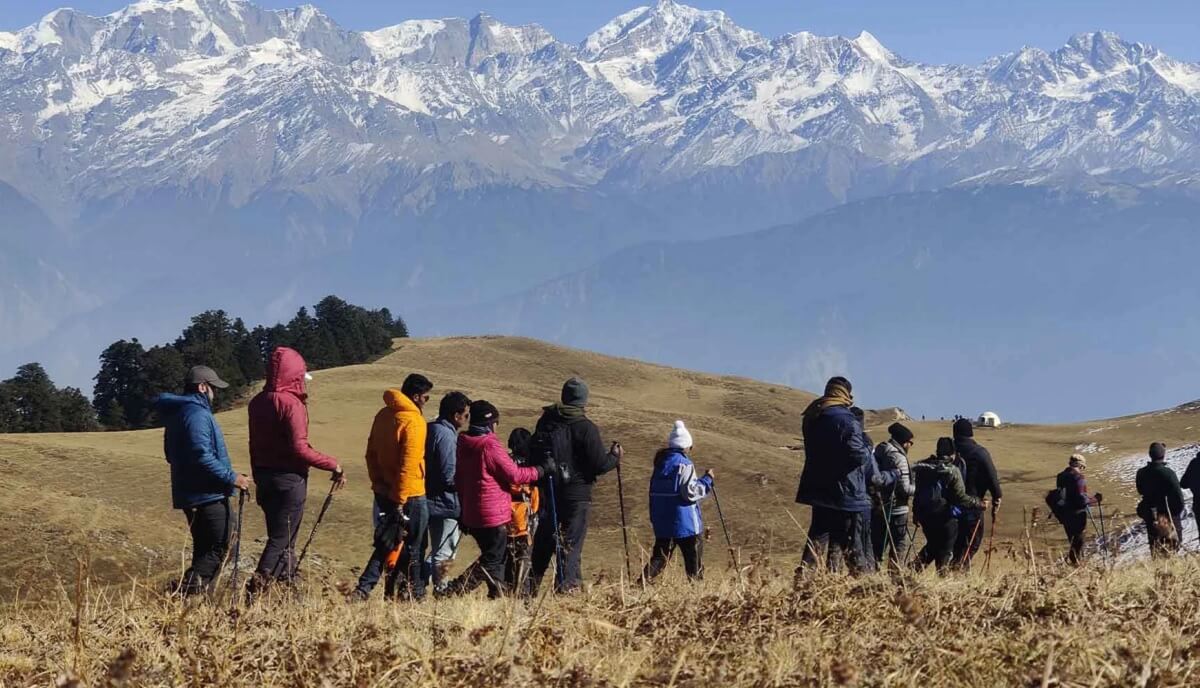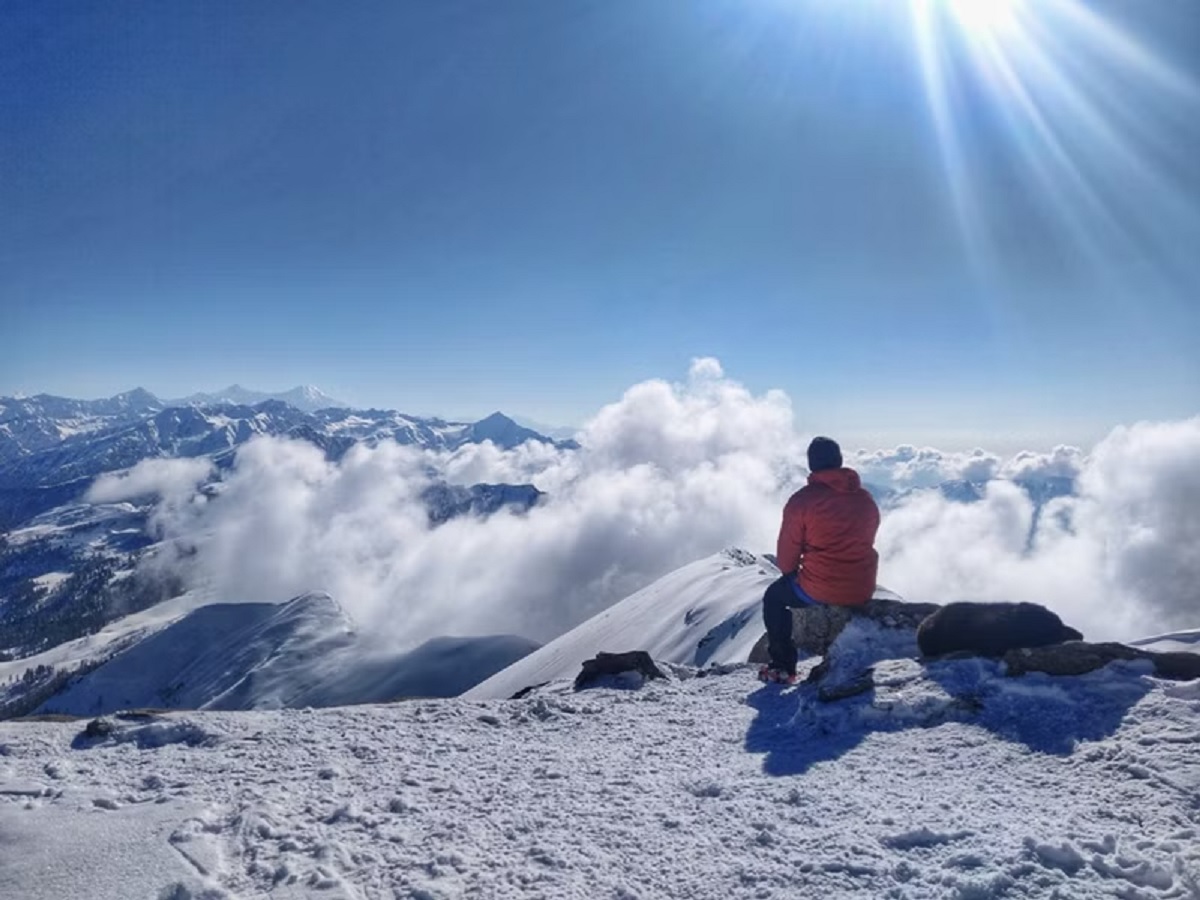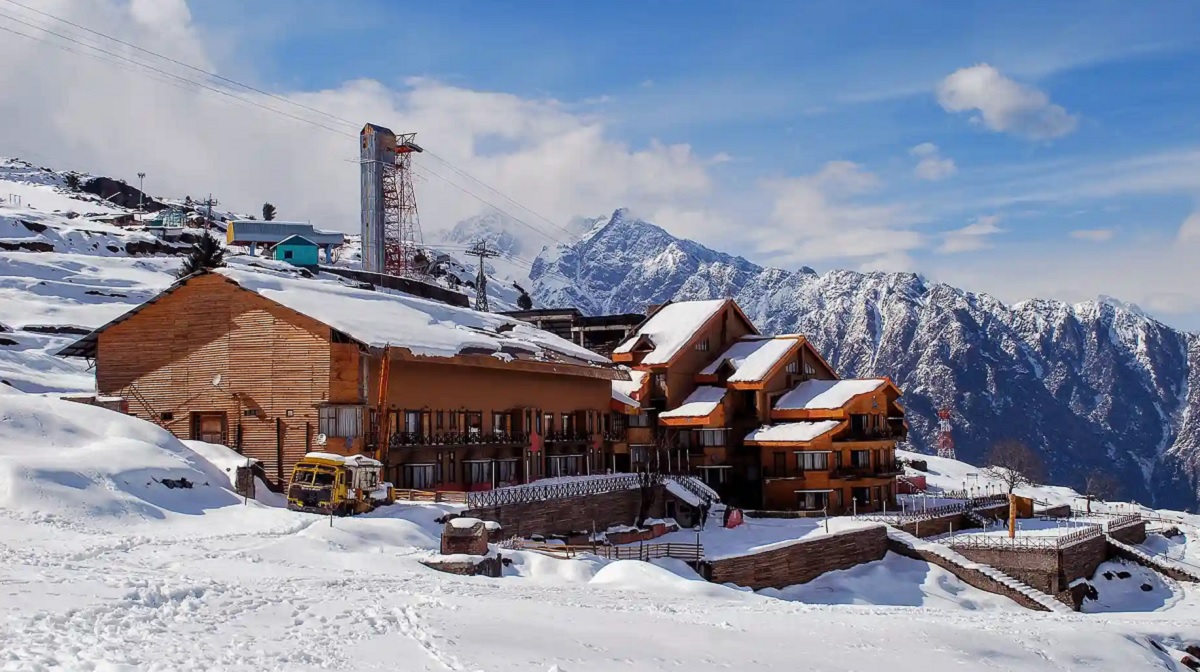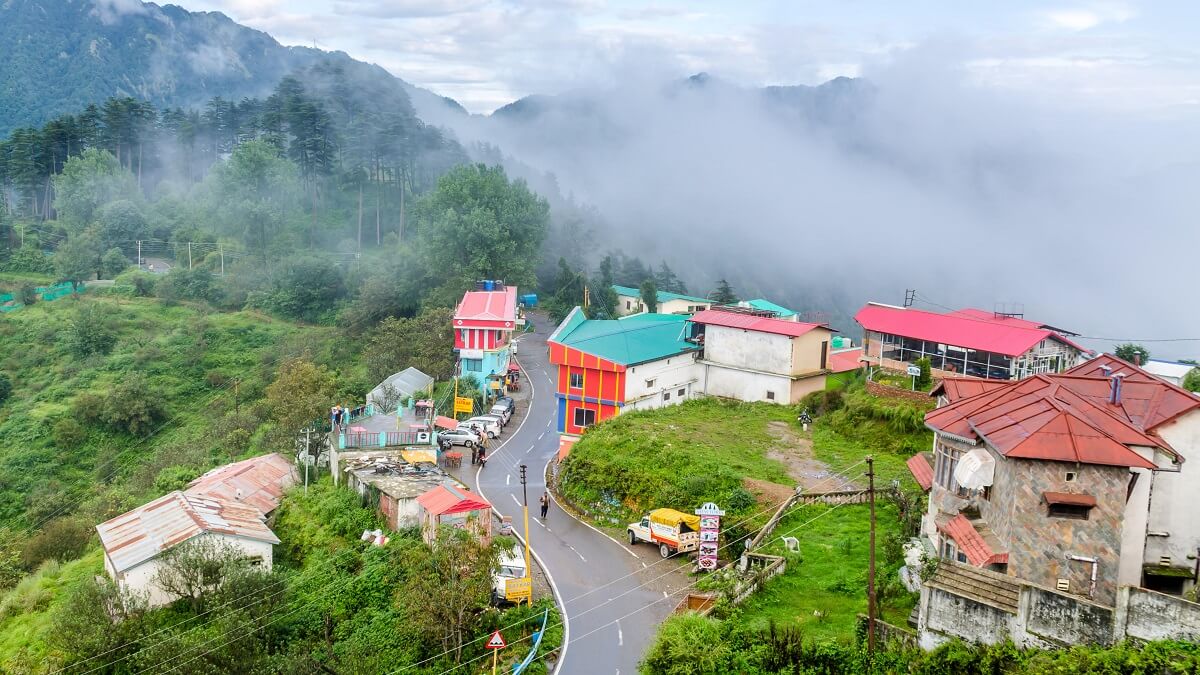Uttarakhand’s highland meadows call you to a Himalayan adventure like no other
If you’re seeking a Himalayan trek that combines breathtaking alpine views, dense forests, snow-capped peaks, and expansive meadows that stretch to the horizon, the Dayara Bugyal Trek is your perfect match. Nestled in the Garhwal region of Uttarakhand, this moderate-level trek is a hidden jewel that offers postcard-worthy landscapes without the crowd, the hype, or the complications of higher-altitude climbs.
The word “Bugyal” means high-altitude meadow in the local language, and Dayara Bugyal is often hailed as one of the most beautiful bugyals in India. At over 11,800 feet (3,600 meters), it unfolds into lush green grasslands in summer, a snowfield in winter, and a riot of wildflowers during spring.
Whether you’re a first-time trekker or a seasoned Himalayan hiker looking for something serene yet scenic, this trek ticks every box.
In this comprehensive guide, we cover everything you need to plan your Dayara Bugyal Trek in 2025—including the best time to visit, detailed itinerary, cost breakdown, gear checklist, route options, permits, tips, and FAQs.
Dayara Bugyal Trek Highlights at a Glance
| Feature | Details |
| Altitude | ~3,600 m / 11,811 ft |
| Trek Duration | 5–6 Days (including travel) |
| Difficulty | Easy to Moderate |
| Trekking Distance | 20–25 km (round trip) |
| Base Camp | Raithal or Barsu, Uttarkashi |
| Nearest Railway Station | Dehradun (180 km) |
| Nearest Airport | Jolly Grant, Dehradun |
| Best Season | Jan–Mar (snow), May–June (green meadows), Sept–Nov (clear views) |
| Trek Type | Forests, meadows, snow, mountain ridge |
| Family-Friendly? | Yes (for kids above 8 with fitness) |
Best Time to Visit Dayara Bugyal
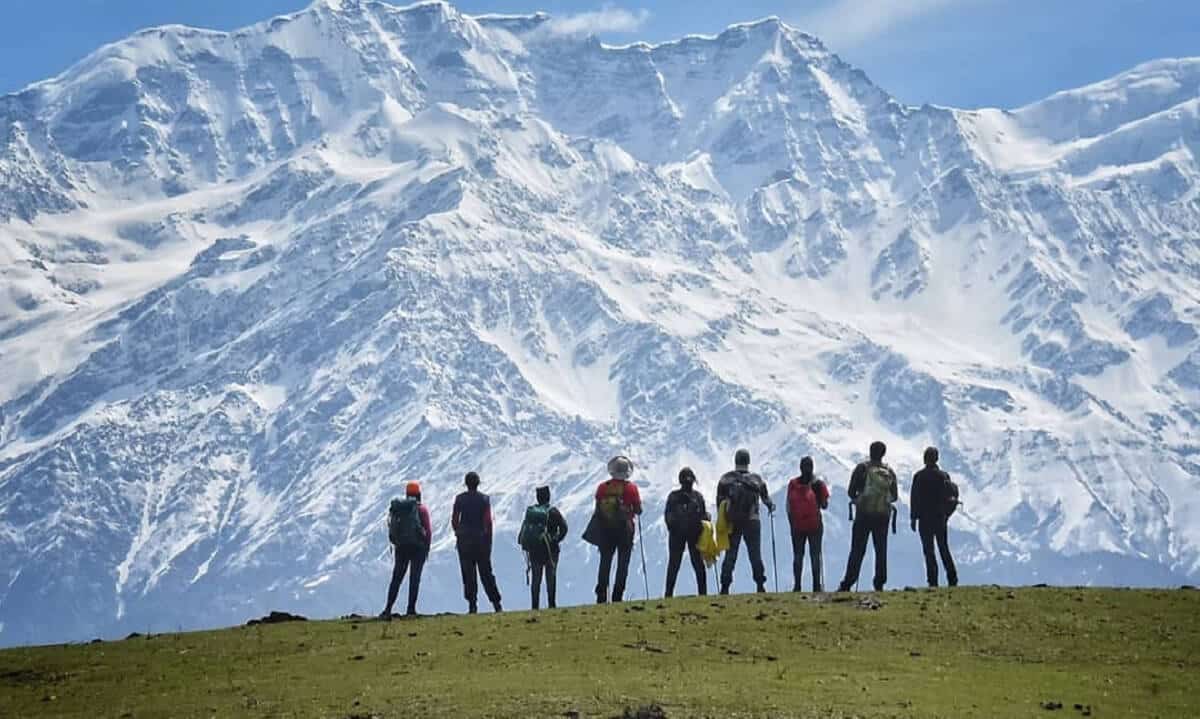
Unlike some high-altitude treks that only operate in narrow seasonal windows, Dayara Bugyal is accessible almost year-round—with each season offering a distinct version of its beauty.
Winter (January to March)
- Landscape: Carpeted in snow
- Ideal for: Snow lovers and photographers
- Temperature: Day: -2°C to 10°C | Night: -5°C to -10°C
- Challenge: Cold and snowy, but safe with proper gear
Snow trekking with stunning views of Bandarpunch and Kala Nag peaks.
Spring (April to May)
- Landscape: Melting snow, blooming flowers, streams gushing
- Ideal for: Birdwatchers, nature photographers
- Temperature: Day: 12–18°C | Night: 0–5°C
Meadows begin to come alive; perfect weather and color explosion.
Summer (May to June)
- Landscape: Lush meadows, grazing herds, clear skies
- Ideal for: Family treks, beginners
- Temperature: Day: 15–20°C | Night: 5–10°C
Trek through alpine grasslands under golden sunlight—no snow, clear views.
Monsoon (July to August)
- Not recommended: Trails can be slippery and dangerous
- Visibility: Often poor due to cloud cover
Autumn (September to November)
- Landscape: Crystal-clear skies, golden grasslands
- Ideal for: Long-distance views and peaceful camping
- Temperature: Day: 10–15°C | Night: -2–5°C
Best time for panoramic photography—lesser crowd and full 360° Himalayan views. Binsar Travel Guide – When’s the Perfect Time to Go?
Dayara Bugyal Trek Cost
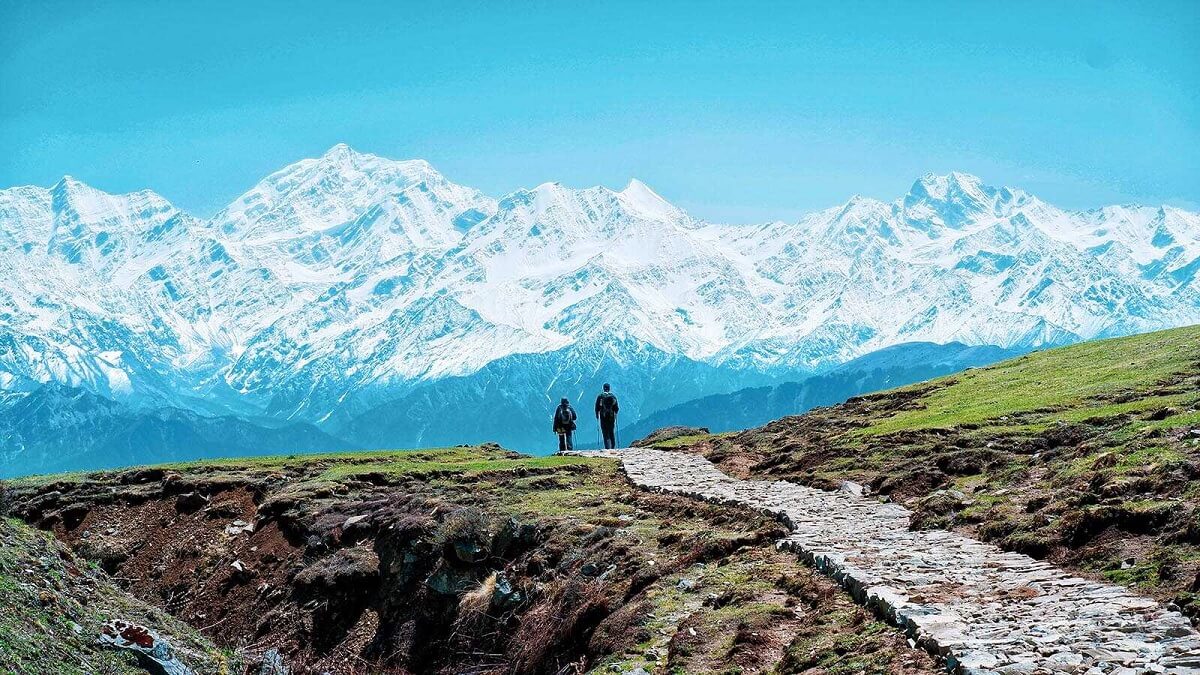
The total cost of the trek depends on whether you go with an agency or independently.
Option 1: Trekking with an Organized Group
| Category | Cost Range (INR) |
| Trek package (all-inclusive) | ₹6,000 – ₹10,000 per person |
| Transport (Dehradun–Base Camp–Dehradun) | ₹2,000 – ₹3,000 |
| Personal gear rental | ₹500 – ₹1,000 |
| Tips and miscellaneous | ₹500 – ₹800 |
| Total Estimated Cost | ₹9,000 – ₹14,000 |
What’s Included in the Trek Package:
- Guide and local staff
- Tents and sleeping bags
- Meals during the trek (veg)
- Medical kit and oxygen cylinder
- Forest permits and camping fees
Option 2: DIY (Independent Trekking)
While it’s possible to do the trek on your own, you’ll need to:
- Arrange for a local guide and cook
- Get forest permits at Barsu or Raithal
- Carry your own food and camping gear
- Understand the route well and be fully self-reliant
DIY Trek Cost: ₹5,000 – ₹7,000 (excluding travel and gear)
Note: Solo trekking isn’t advisable in winter. Always go with at least one companion or a local guide. Best Time to Visit Lansdowne – Plan Your Peaceful Escape Today!
Dayara Bugyal Trek Itinerary
Here’s the ideal 6-day itinerary, including travel time to and from Dehradun. You can adjust it based on your pace and group dynamics.
Day 1: Dehradun to Raithal (Base Camp)
- Distance: ~180 km
- Time: 7–8 hours by car
- Stay: Homestay or guesthouse in Raithal
- Altitude: 7,400 ft
Explore the traditional village, meet locals, and acclimate.
Day 2: Raithal to Gui (Campsite)
- Distance: 4 km
- Trek Time: 3–4 hours
- Altitude: 9,500 ft
- Highlights: Easy gradient through oak, maple forests
Enjoy your first night camping with Himalayan stars overhead.
Day 3: Gui to Dayara Bugyal
- Distance: 4–5 km
- Trek Time: 3–4 hours
- Altitude: 11,800 ft
- Highlights: Spectacular ridge walk, alpine views
Spend time exploring the meadows. Return to Chilapada or Nayata for camp.
Day 4: Buffer Day or Return to Gui
Use this as a buffer/rest day in case of bad weather or simply slow down and enjoy the meadows longer.
Day 5: Gui to Raithal – Drive to Uttarkashi
- Trek back down and transfer to Uttarkashi for the night
- Visit Kashi Vishwanath Temple if time permits
Day 6: Uttarkashi to Dehradun
- Return drive (~7 hours)
- Trip ends by evening
When to Visit Kausani, Uttarakhand – Choose the Best Season!
Camping on the Dayara Bugyal Trek
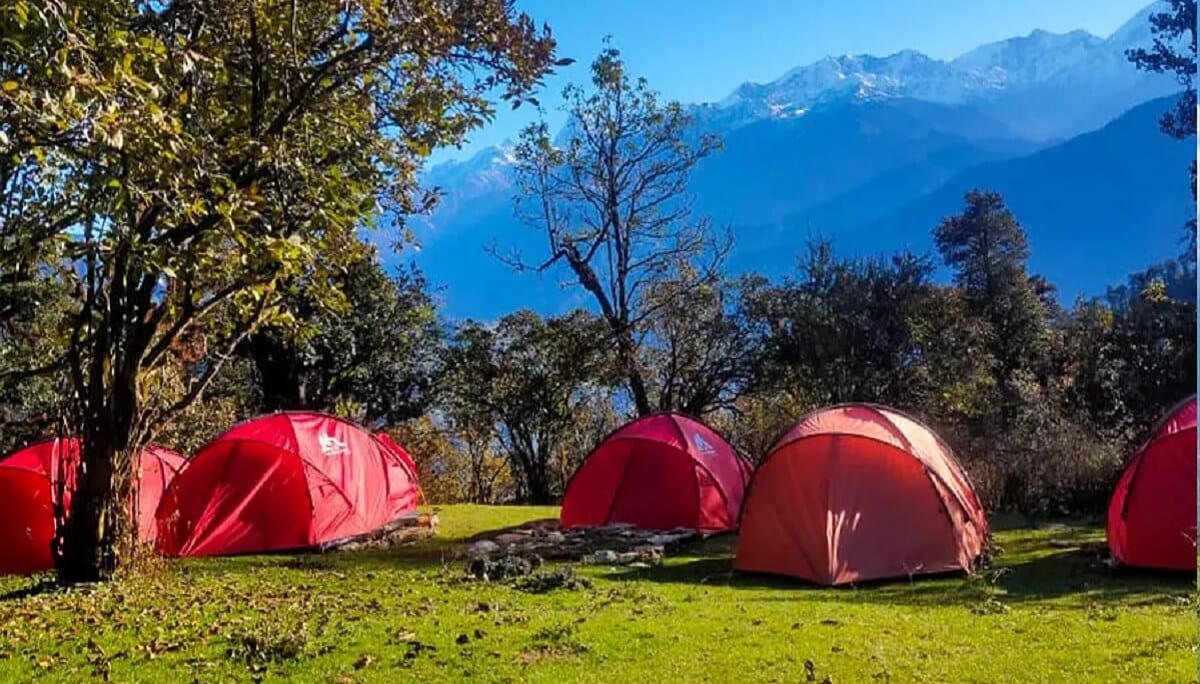
You’ll sleep in tents provided by your tour operator, or your own if going independently.
Camping Spots:
- Gui: Surrounded by forests, ideal for first acclimatization
- Chilapada: Closer to the meadows, great sunrise views
- Dayara Top: Some groups camp near the summit, but it’s exposed
Always check weather conditions before camping higher up. Lightning and snow can occur unexpectedly.
How to Travel to Harsil Valley from Delhi
What You’ll See on the Trail
- Forest zones with silver oaks, maples, and rhododendrons
- Vast alpine meadows—ideal for landscape photography
- Peaks visible: Bandarpunch (6,316 m), Black Peak, Gangotri range
- Local wildlife: Himalayan monal (state bird), foxes, langurs
- Traditional homes and temples in Raithal village
Don’t forget your camera—a wide-angle lens will capture the true magic of the meadows.
Explore more scenic ideas in this
- Essential Packing List for Your Uttarakhand June Getaway – Start Planning!
- Discover 7 Hidden Hill Stations in Uttarakhand – Travel Differently This June
- Should You Travel to Uttarakhand in June 2025? Find Out Now!
- Plan the Perfect Summer Trip to Uttarakhand – Here’s How!
- How to Reach Lansdowne Easily – Your Complete Travel Guide
- Visit Uttarakhand With Family – Find the Ideal Time Now!
- Top Summer Treks in Uttarakhand – Gear Up for Adventure!
- Must-Visit Places in Uttarakhand This Summer – Explore Now!
- Top 9 Reasons to Visit Uttarakhand in 2025 – Don’t Miss Out!
